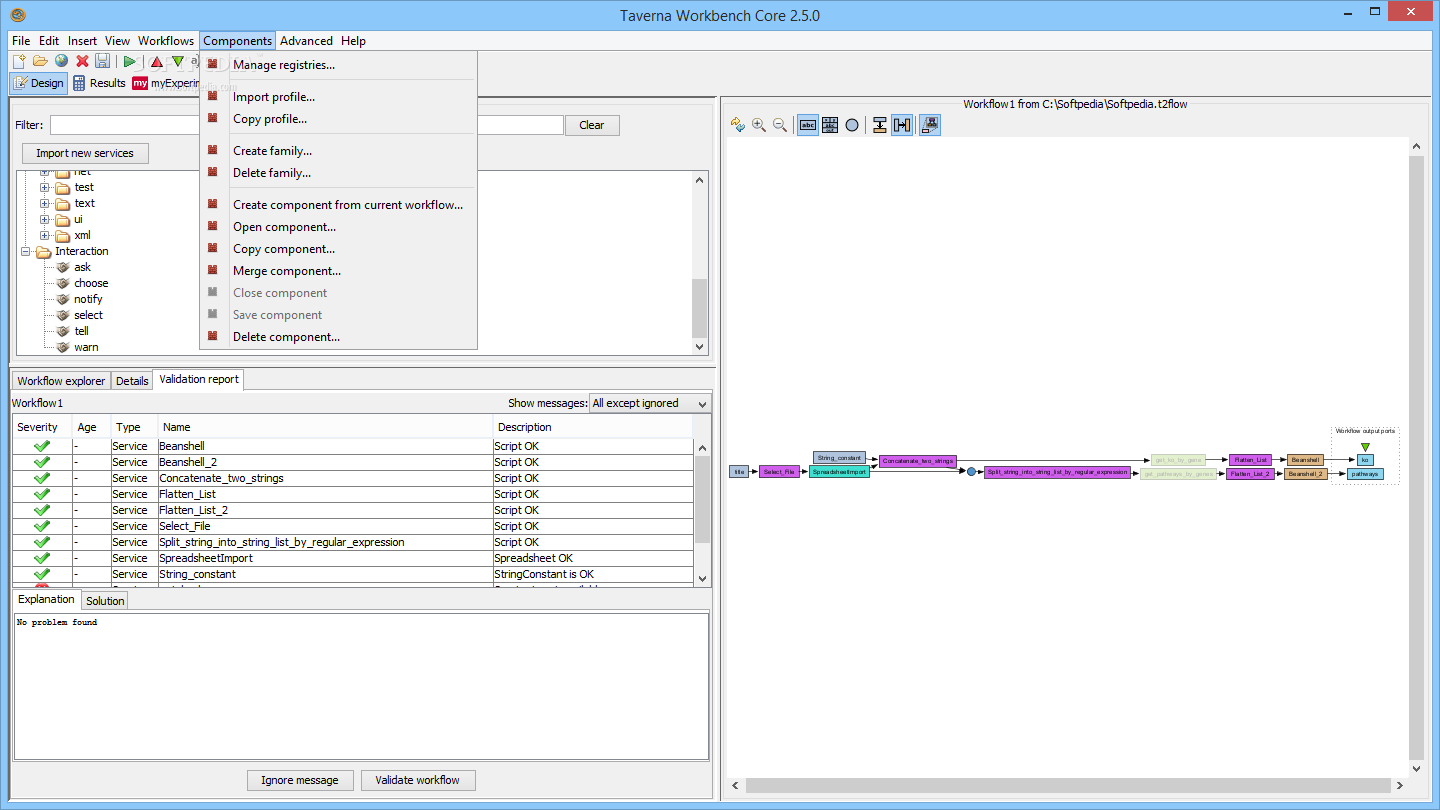
To start the exercise select the DTU76545 sequence to view it.Ģ. The xynB CDS stop codon will be included to ensure correct termination of the gene product.ġ. This will ensure optimal transcription and expression of the XynB gene product. The primers will be designed to precisely amplify the mature xynB CDS (no signal sequence) to ensure that when the xynB CDS is transferred into the pDest17 destination vector it will be positioned for in-frame fusion to the vector start codon and associated HIS-tag sequence. The primers will be designed to both have a first-round melting temperature (Tm) of 55☌. The forward and reverse primers will be designed to incorporate attB1 and attB2 sites respectively, to allow clonase-mediated integration of the PCR product into a Gateway entry vector. In this exercise we will design oligonucleotide primers to amplify the mature xynB CDS. If you require a stop codon you should incorporate a template-derived stop codon (if present) or manually add a stop codon as an extension during the primer design process.Įxercise 1: Designing Primers for Gateway Cloning The primer design tool will not add a stop codon to a reverse primer.

Users will need to add these motifs manually as extensions during the primer design process. The primer design tool will not add translation initiation motif sequences. In future versions of Geneious Prime the “spacer” nucleotides will be added as separate annotations. † In Geneious Prime 2019.1 and earlier “spacer” nucleotides are added as part of the att motif annotation.

The attB1 site should end with a thymidine (T).Four guanine (G) residues at the 5′ end of each primer, followed by a 25 bp attB site, and followed by At least 18-25 bp of template/gene-specific sequence.Thermo Fisher Scientific recommend that to enable efficient Gateway® cloning, primers for addition of attB sites MUST contain the following structure:
#Serial cloner tutorial pcr how to
The final section describes how to prepare vector sequences for use with the Gateway cloning tool. The fourth and fifth exercises cover simulation of multisite Gateway cloning. The first three exercises in this tutorial cover the steps required for simulation of single insert Gateway cloning.
#Serial cloner tutorial pcr full
Thermo Fisher Scientific describe their Gateway® Technology as “a universal cloning method that takes advantage of the site-specific recombination properties of bacteriophage lambda to provide a rapid and highly efficient way to move a gene of interest into multiple vector systems.” See the Thermo Fisher Scientific website for a full description of Gateway® cloning.

Geneious Prime provides all of the tools required for primer design and in silico simulation of Gateway® cloning.


 0 kommentar(er)
0 kommentar(er)
